An Indigenous Site Named For The European Owner
Yeah, that irritates me. Like nobody thought to ask the Western Shoshone Tribe what they call the place. Or what the significance is/was. Or maybe what the symbols mean. Sigh.
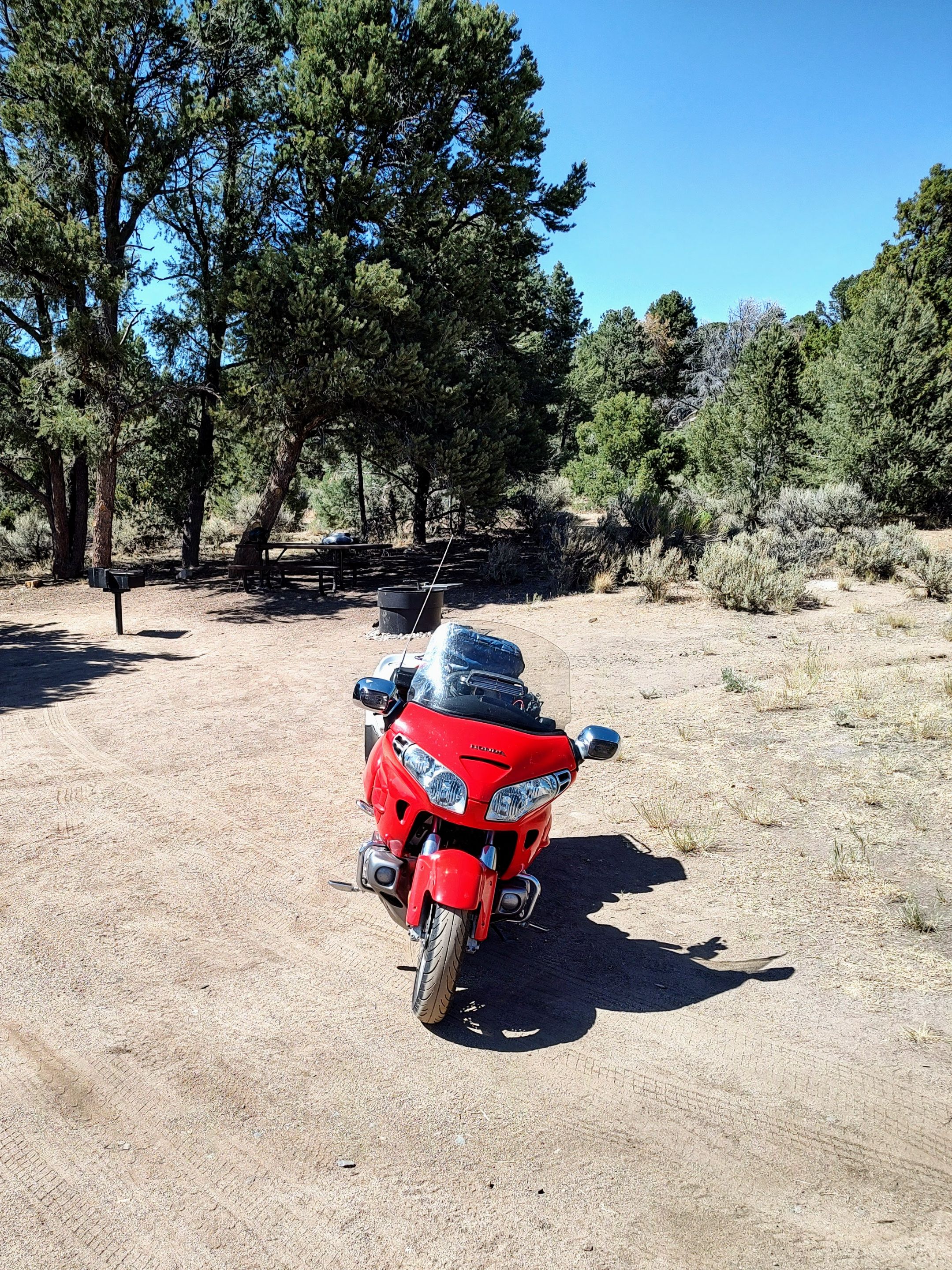
Located about 2 miles off US 50 between Eureka and Austin, NV. The associated pass on the highway is 7200' (2100m) elevation. The climate is arid. There is a roughly 3/4 mile (1km) trail that shows many of the 10,000 year old petroglyphs.
The road into the site was dirt. Not gravel, dirt, and not well maintained dirt at that. Which is probably a net good thing because that is the only thing protecting this site from vandals.

This is the first rock/set of petroglyphs on the trail and it really got me excited.
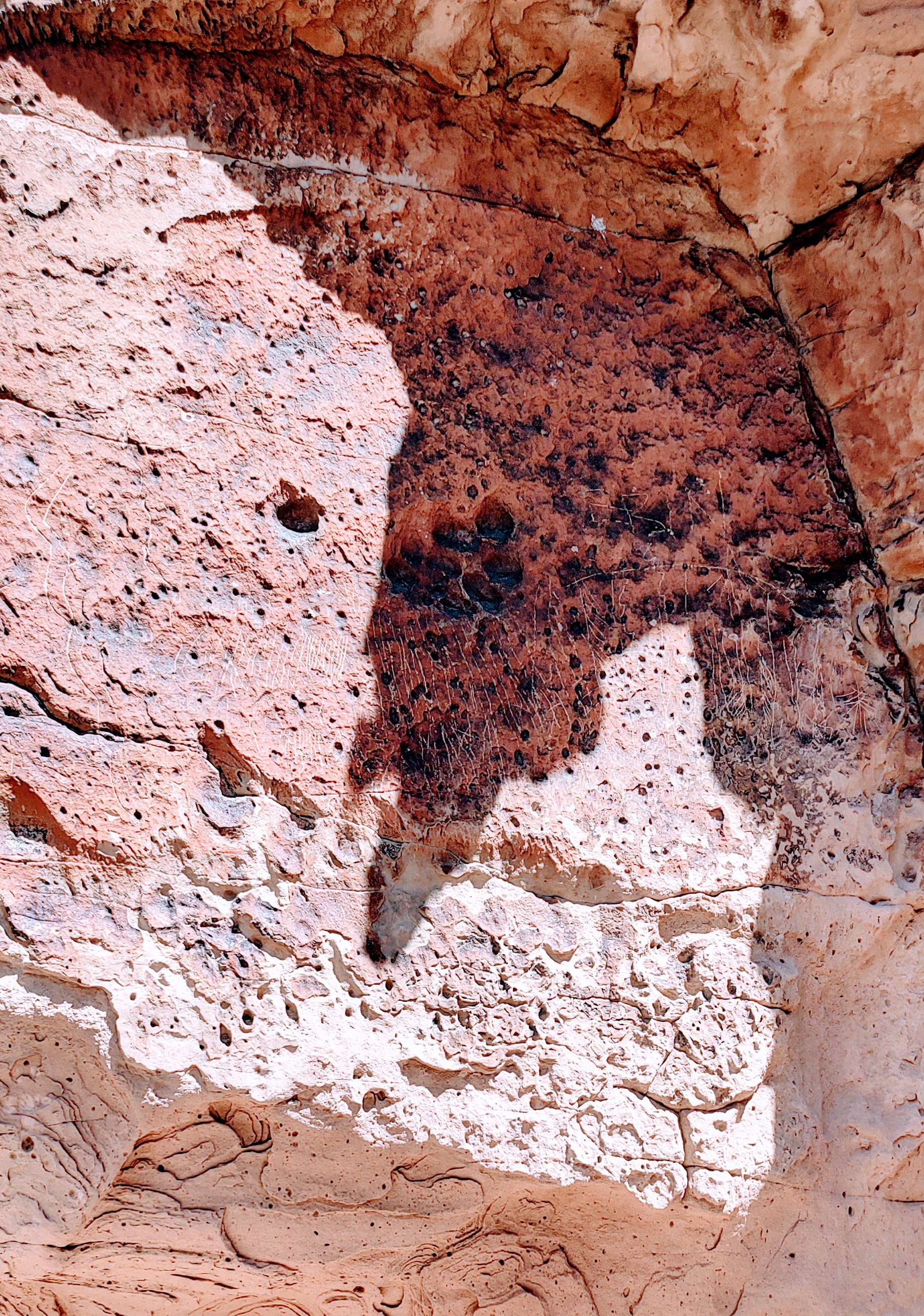
I manipulated the first photo to expose what I could clearly see with my eyes. Counting marks, a thing not widely seen in petroglyphs. Can you see them? Right center, easiest to see in the shadow. I've enlarged this as much as I can with my photo editor, you might try making it bigger.
What were they counting? What were they recording? There are other glyphs on this rock, but these are almost unique.
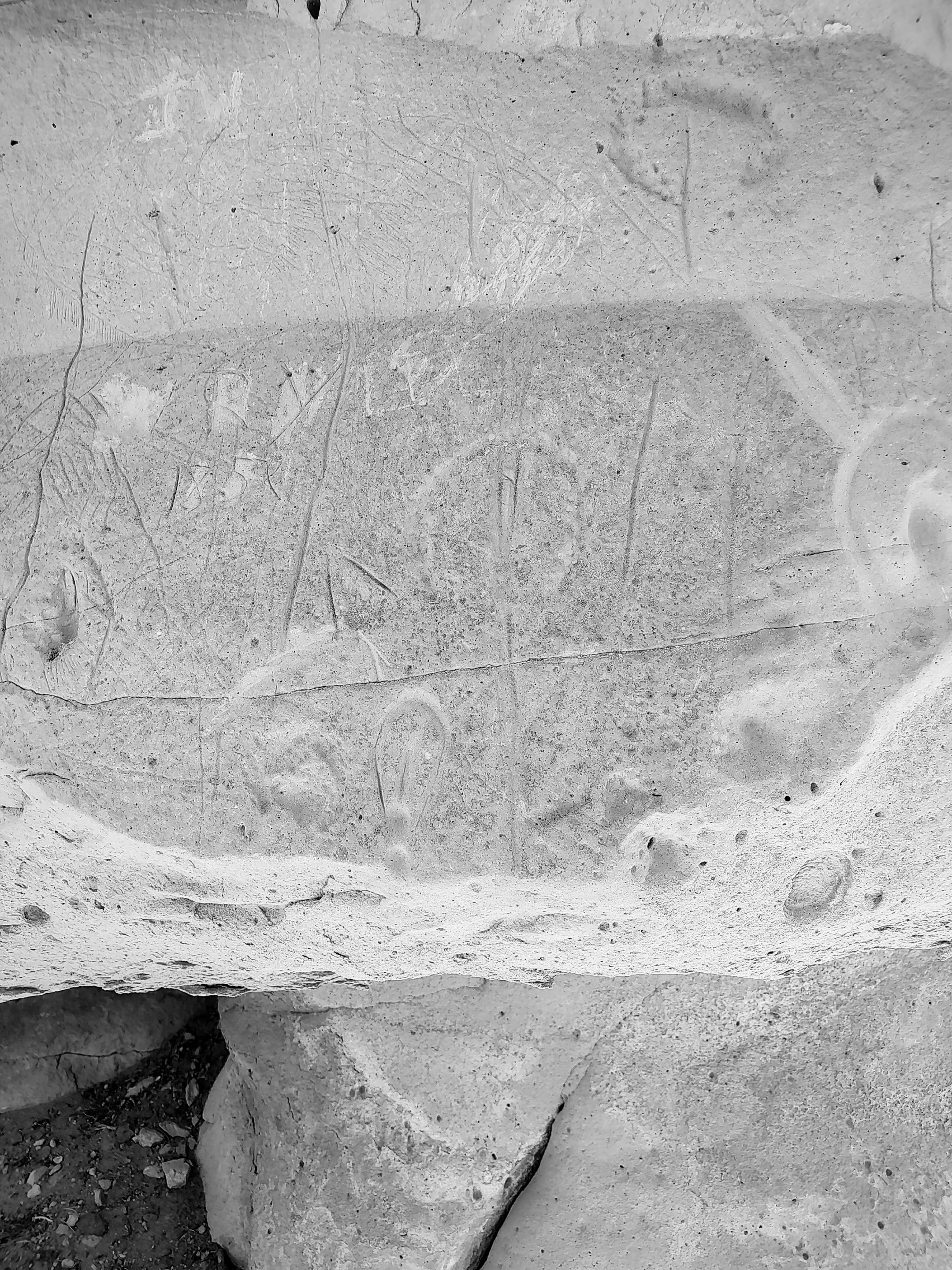
Obviously 2 miles of nasty dirt road isn't enough to completely protect the site. All the light marks have been put there by recent visitors. Who wants to see 10,000 year old petroglyphs when you can look at this cleverness? Really?
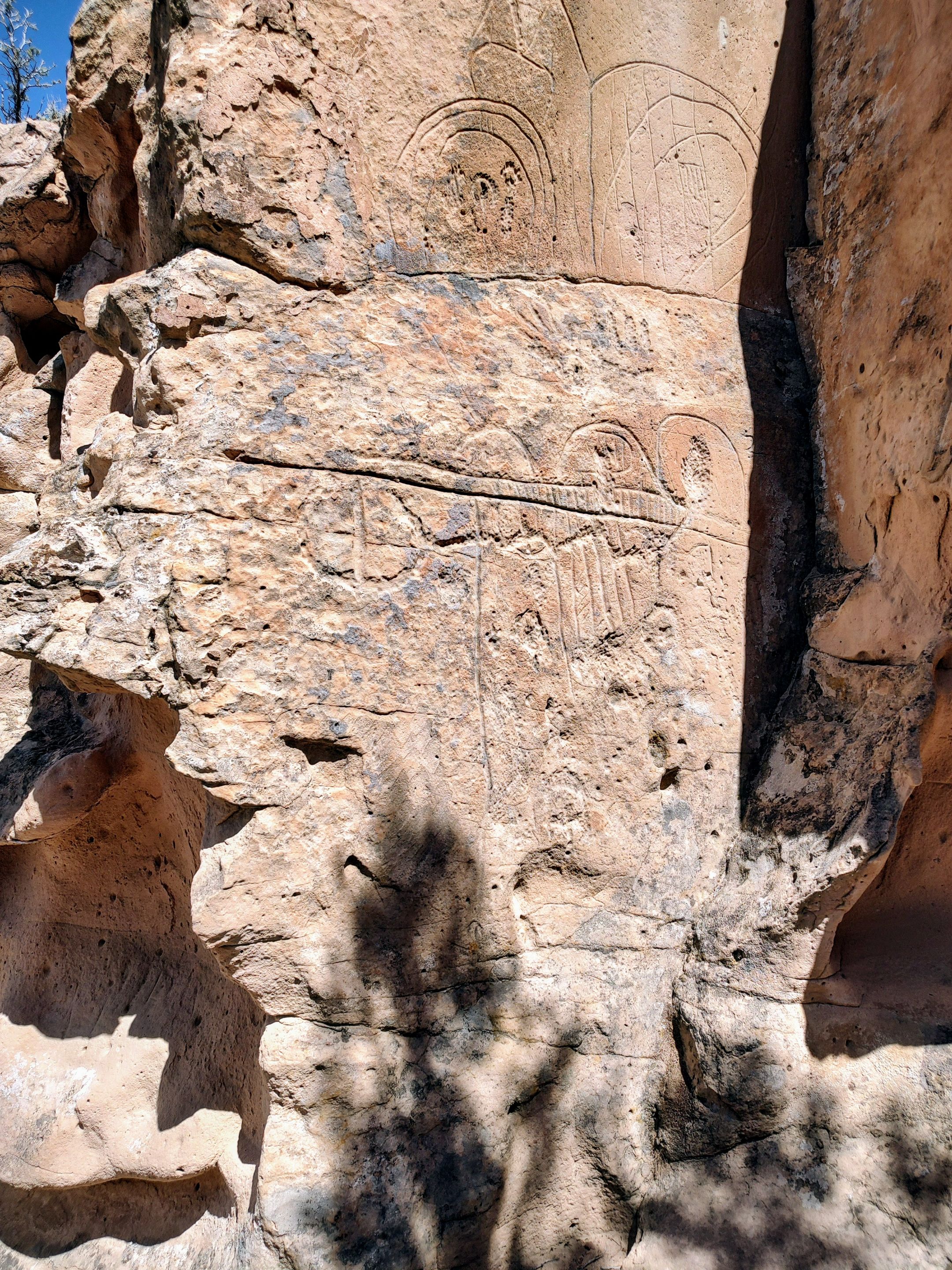
Isn't this a beauty? So much there. My guess would be that everything had a special meaning, but what? I've no idea.
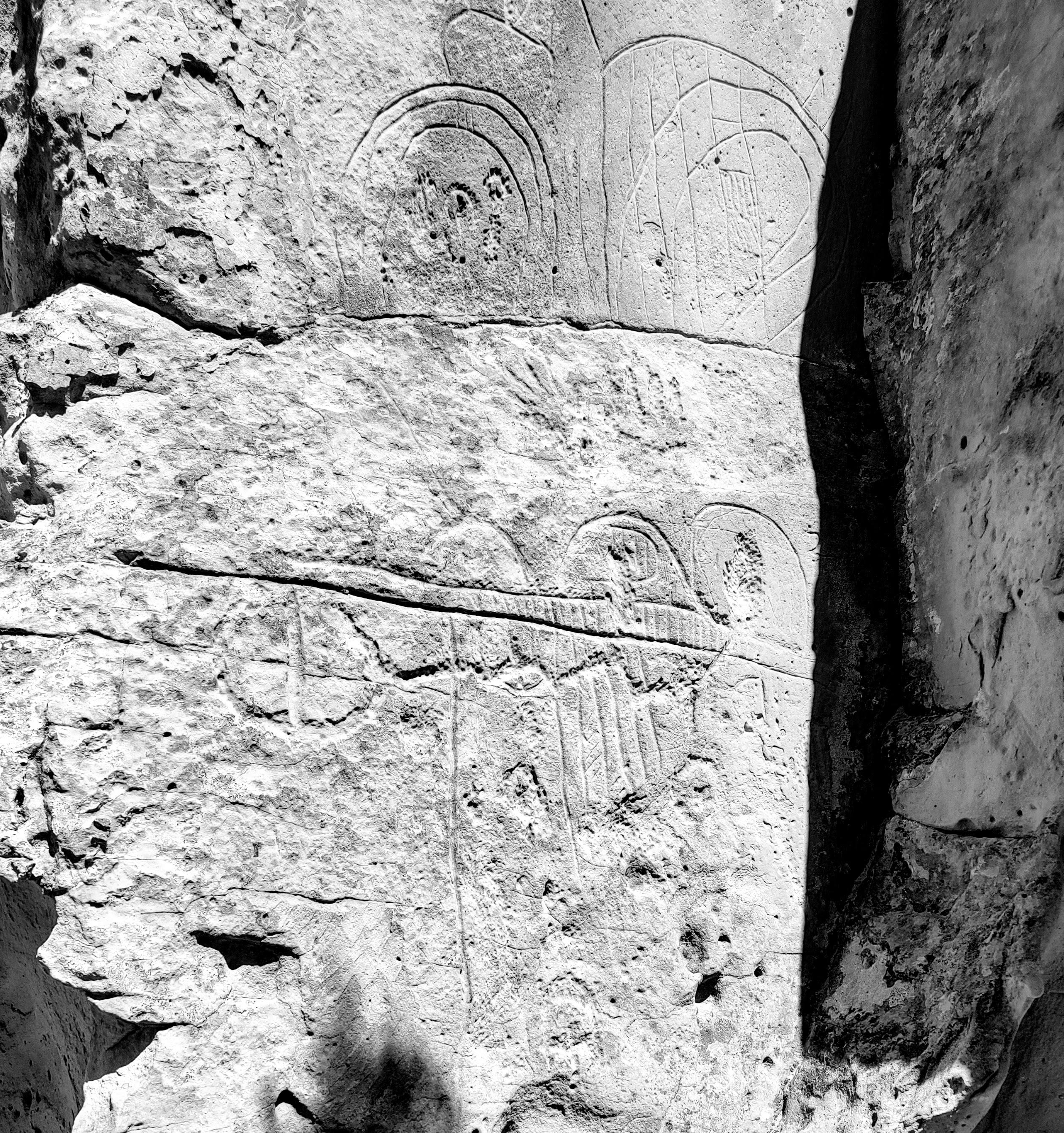
I think some detail is better in black and white. Like the hand prints center right.
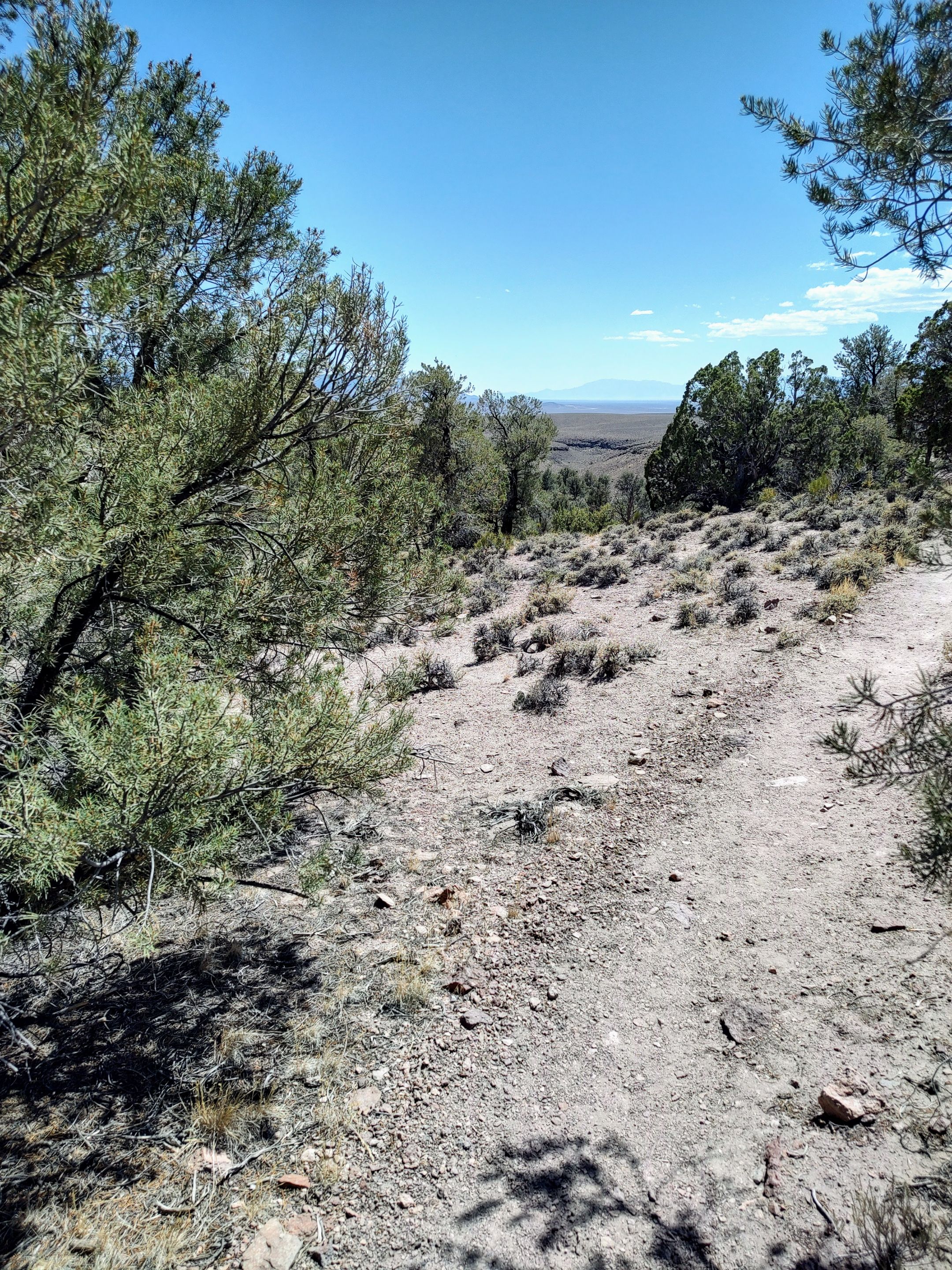
There is an interlude on the glyph trail where you can look down the valley west of the site. 10,000 years ago there were two large lakes down there, and the people that made this site lived near the lakes and used them for irrigation and food.
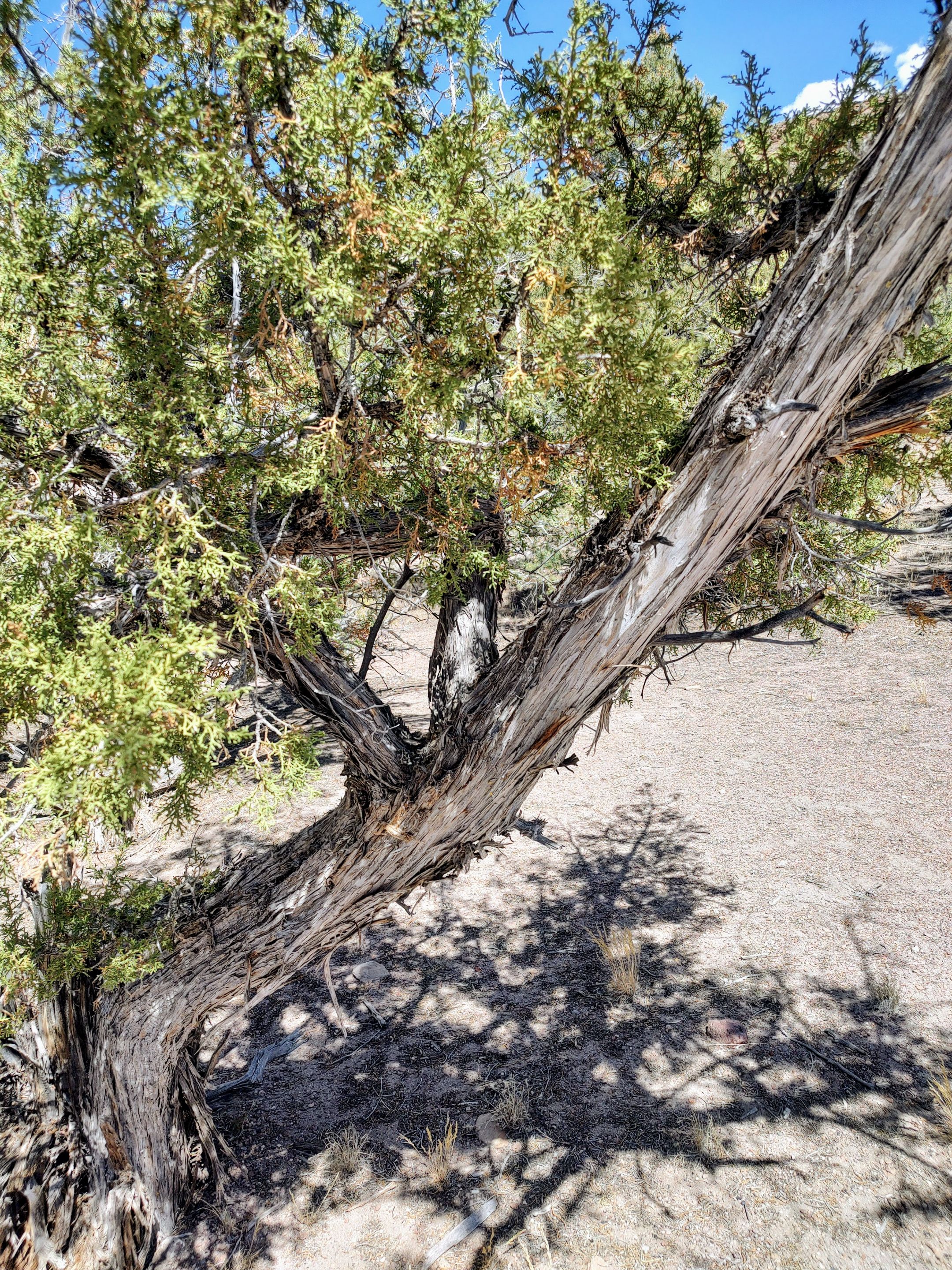
Could this be the reason they came specifically here? That's cedar. Granted it's scrub cedar but... Cedar is one of the 4 smokes that are used by modern day plains Indians in a purification ceremony. Cedar is pretty rare in this dry climate. There were probably more when this site was active.
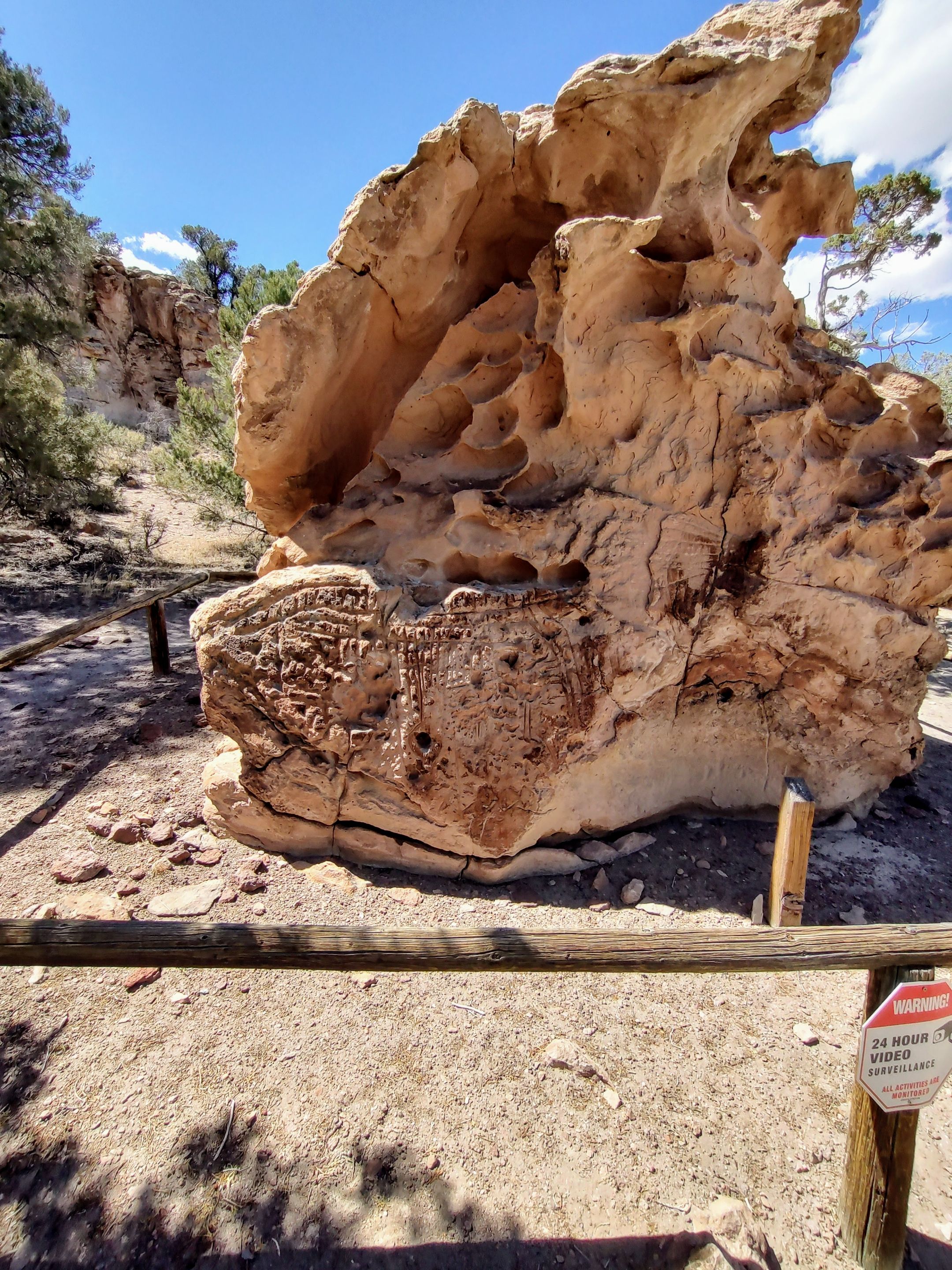
I have to admit I was less than completely impressed with the glyphs at this site until the last example. The shape and scope are amazing and the glyphs are even better.
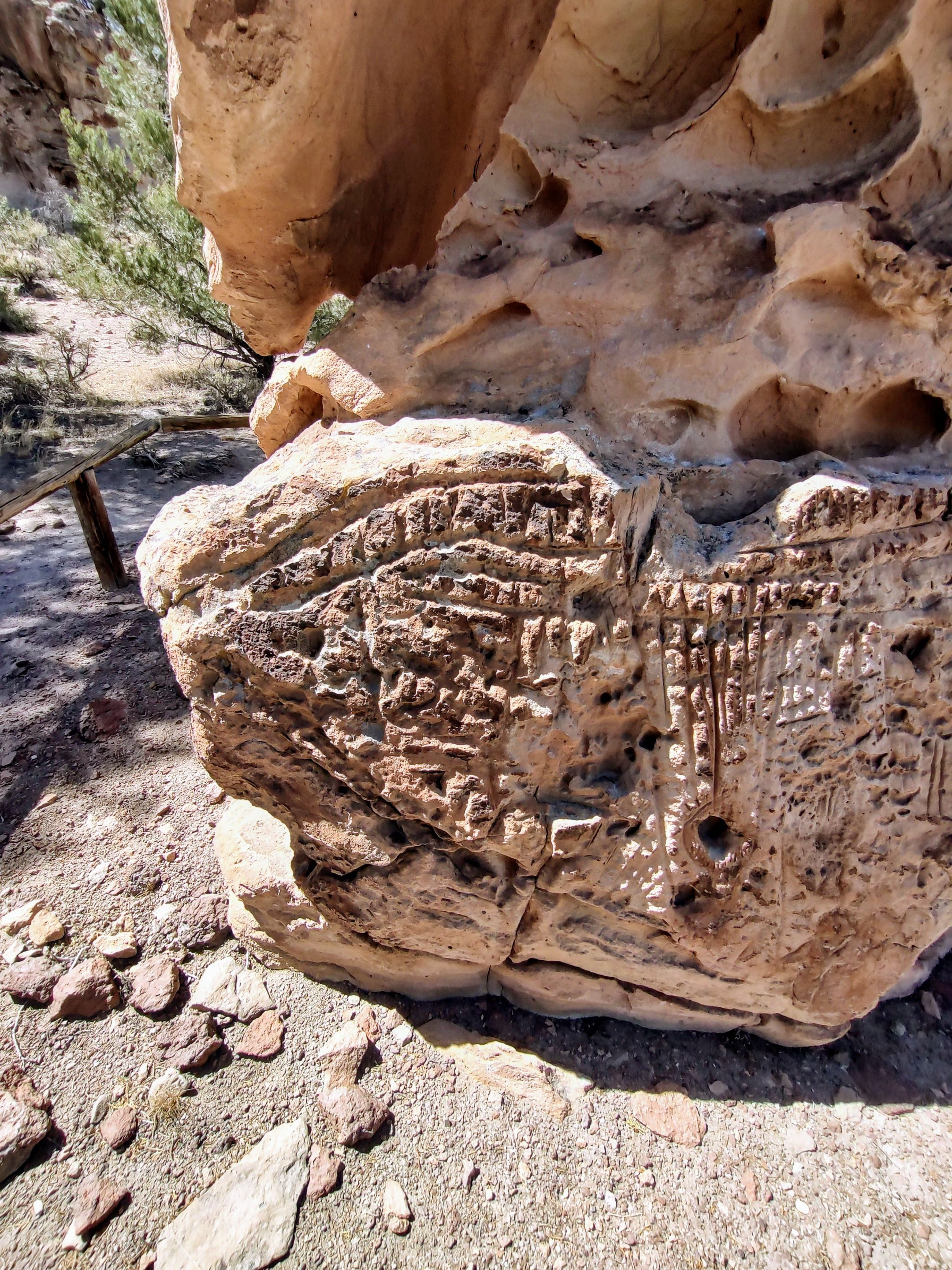
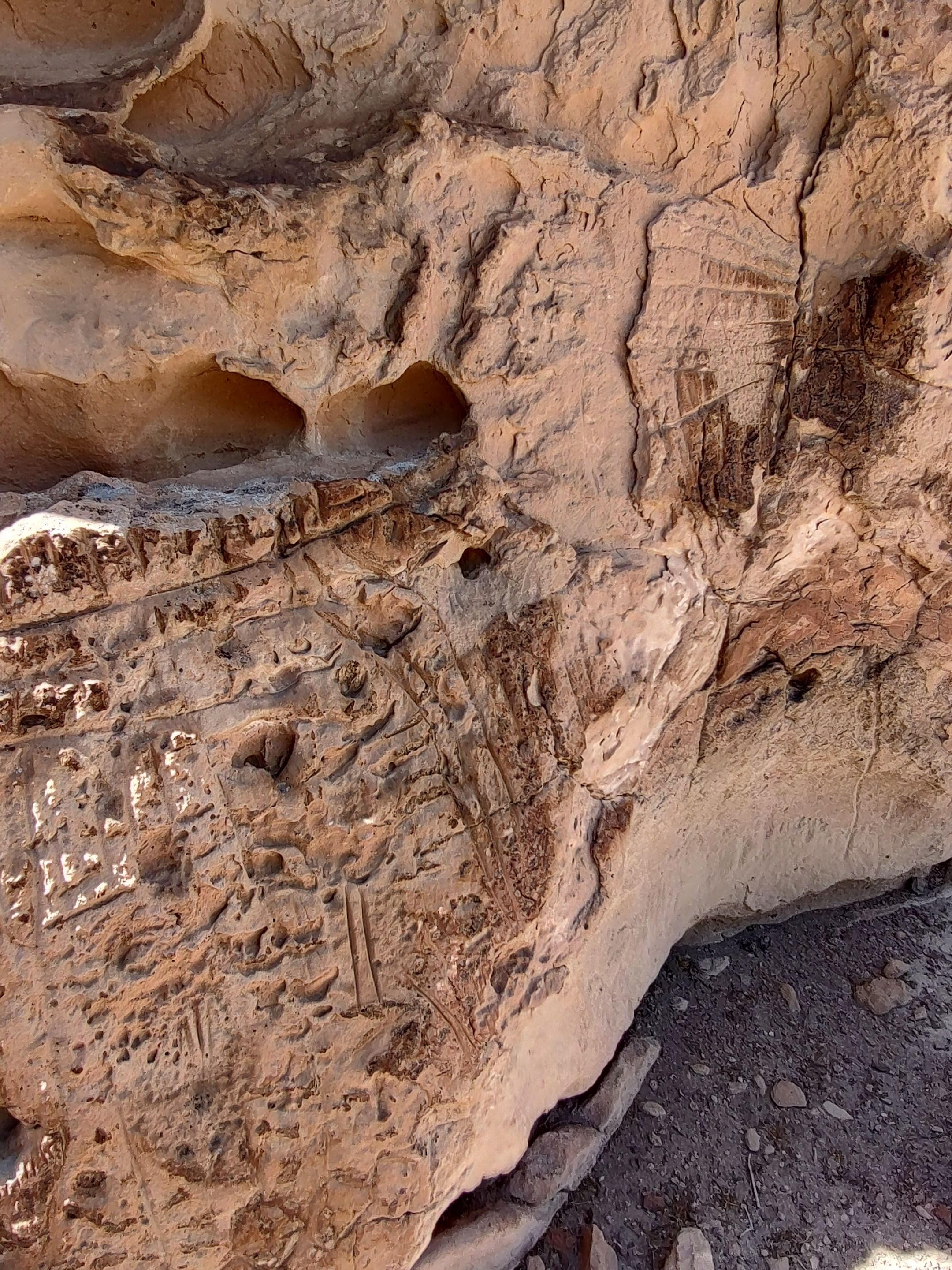
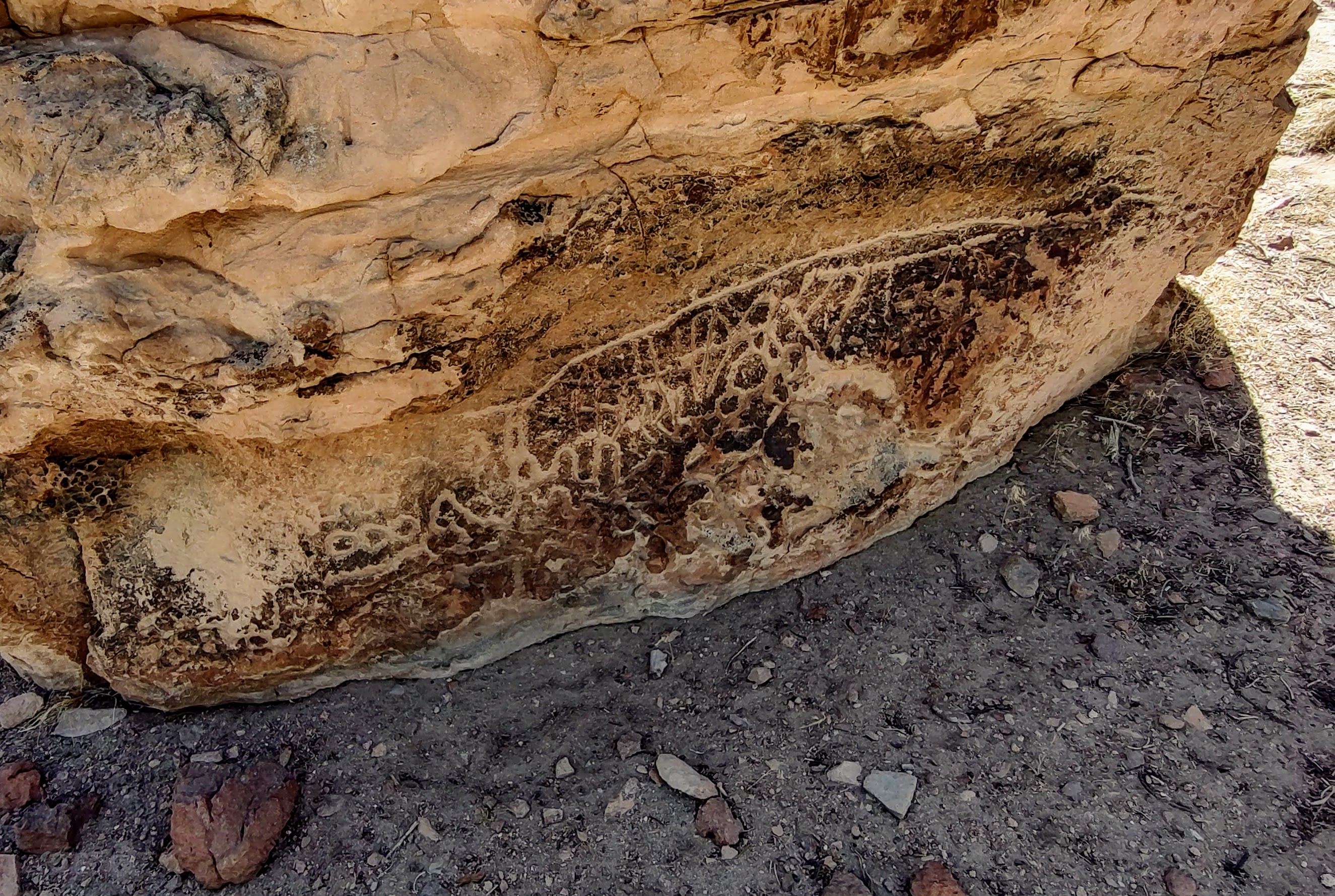
This rock was obviously the centerpiece of the entire site. It had glyphs on almost every available surface.
This has grown to be a looong post. Believe it or not, I have more photos, but I think these are a good highlight of the site. Thanks for staying with me all the way to the end.
All words and photos in this post are mine. For better or worse.